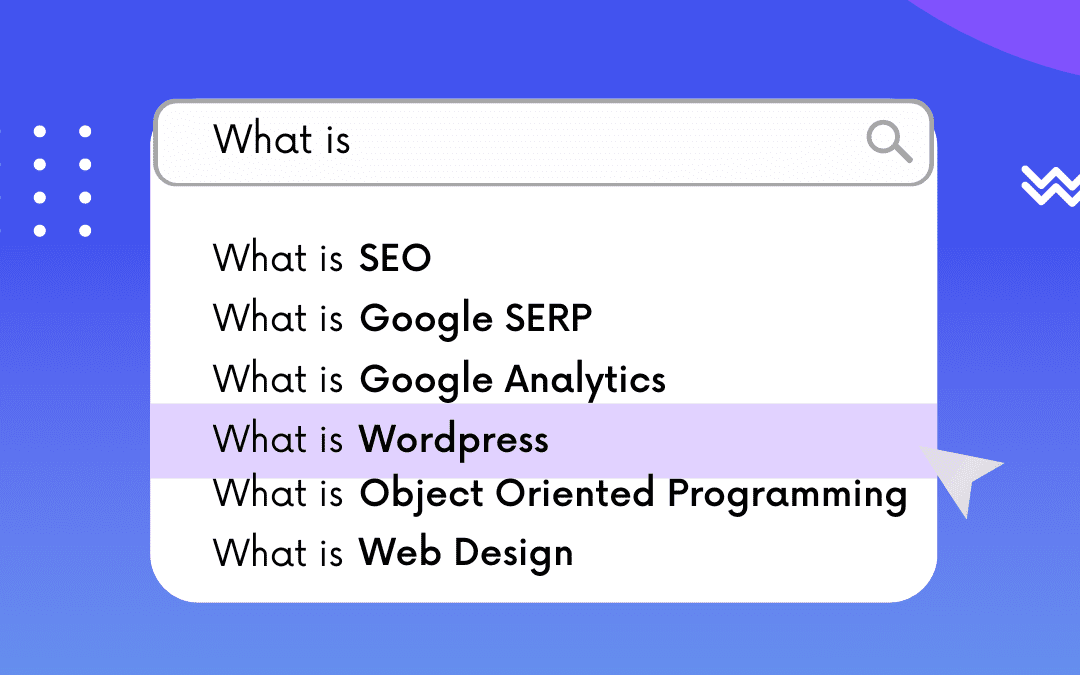Introduction
A search engine is software that locates information on a search query. A search engine has three main processes: crawling, indexing, and serving. Crawling is the process of finding new or updated pages. Each result on a search engine is a website with a URL(uniform resource locator). Search engines find results through often complicated algorithms. Algorithms and data structures are a central part of computer science. Generally speaking, an algorithm is just a set of instructions for solving a problem or accomplishing a task. A basic algorithm that is famous in computer science is the fizzbuzz algorithm. In the fizzbuzz algorithm, everytime a number is divisible by three, fizz is printed on the screen. If a number is divisible by 5, then buzz is printed on the screen and if a number is divisible by 15(divisible by both 3 and 5), 15 is printed on the screen.
SERPs
There are five key factors that affect search engine results pages(SERPs):
- Meaning of the query
- Relevance of webpages
- Quality of the content
- Usability of webpages
- Context and setting
A search engine results pages has five main features
- Featured snippet – Text that appears at the beginning of a search engine results page that attempts to answer the search query. This can be a definition or an answer to a question asked in a search engine.
- Rich results – A snippet with enhanced visual and interactive elements.
- Images
- Videos
- Local results- Search matches in the local area(i.e. a local business).
Businesses and marketers usually care about search engines because of SERP’s and SEO. Generally, businesses will try to rank higher on search engines like Google and Yahoo to drive more traffic to their websites and their companies. SEO is a very complex topic that is beyond the scope of this blog post. Website Promoters has several blog posts about SEO including this recent blog post. To view more blog posts about SEO, Divi, WordPress, WordPress plugins, digital marketing, computer science topics, or other related topics, visit our website’s blog section. Fill out our contact form now to get in contact with us and get a FREE analysis of your website.

